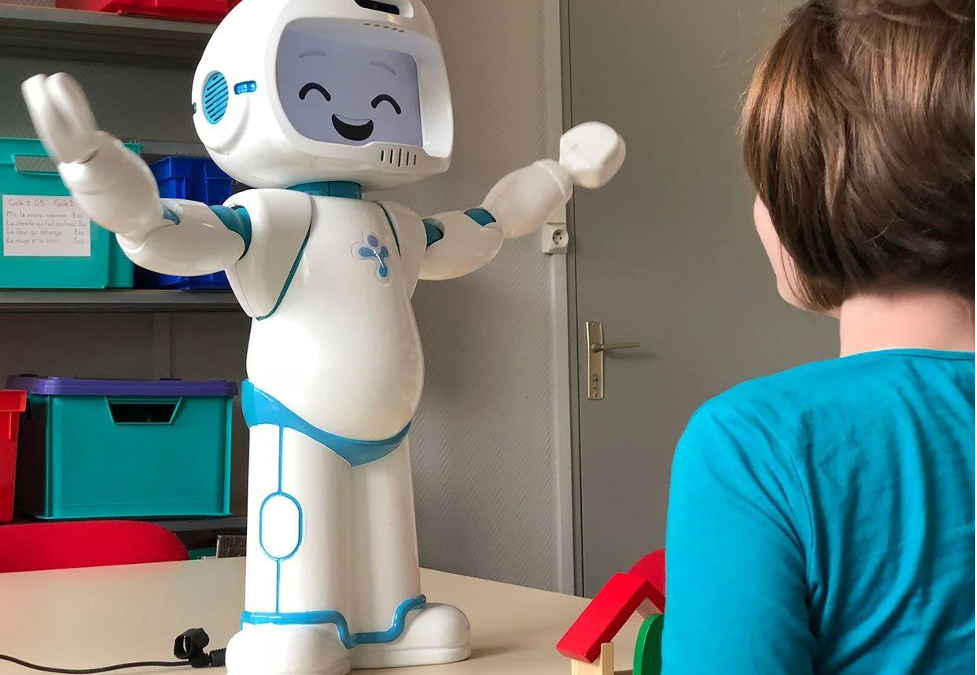Robots help children with autism improve social skills
Parents and carers of children with autism often struggle when communicating and interacting with their kids. Children with autism spectrum disorder (ASD) often have a striking lack of interest and ability to interact, limited ability to communicate, and show repetitive behaviours and distress when confronted with changes. For most of us it is pretty hard to imagine what it must be like not to be able to decode body language, facial expressions or the significance of personal space.
For some children with autism, interacting with other people can be an uncomfortable, mystifying experience. Feeling overwhelmed with face-to-face interaction, such children may
find it difficult to focus their attention and learn social skills from their teachers and therapists—the very people charged with helping them learn to socially adapt.
What these children need, say some researchers, is a robot: a cute, tech-based intermediary, with a body, that can teach them how to more comfortably interact with their fellow humans.
Some methods of communication have been established to help parents and their children to improve their way of interacting.
A cat, a dog or a bicycle…these animals or objects are common to us. But for most of the children with autism, they belong to another world. Picture exchange communication systems and small nursery rhymes are activities, which are part of their daily routine. A routine, which is extremely important for them in order to feel at ease.
How are the robots helping children with an ASD ?
Researchers work hard on improving the interaction between parents, carers and children.
Zeno or Kapstar are social robots dedicated to children with special needs. Some universities have tested these robots to enhance social interaction skills.
Through role-playing and scenarios, children are able to learn social interaction skills such as reading feelings and communication. The goal is to get the children to step out of their comfort-zone without fear of exposing themselves to a stranger and the fact to react in front of a robot, which responds and reacts, gives them the motivation not to disappoint the companion robot, unlike an inanimate object such as a computer or tablet.
In the latest research recently published in Reuters on April 22 (Reuters)
A Hong Kong professor has developed an educational programme using role-playing robots to help children with autism improve their social skills, part of an initiative adopted by non-profit groups and schools.
The programme, Robot for Autism Behavioral Intervention (RABI), is designed for people with autism between the ages of 3 and 18, and aims to help them be more social and to resolve issues such as conflicts and bullying.
Catherine So, associate professor of educational psychology at the Chinese University of Hong Kong, told Reuters more than 1,200 children have used the programme since its 2015 launch.
“Individuals with autism have low motivation to interact with others, and hypersensitivity to the world around them,” So said. “So we use the social robots to teach them social skills in order to reduce their anxiety.”
The robots engage the children with role-playing and verbal interaction. A typical class involves two small robots acting out social scenarios on a table top, helping the children see the difference between appropriate and unacceptable behaviour such as tantrums or screaming.
“We believe RABI can help children with autism improve their social and behavioural skills, and in turn enhance the quality of their life”, she said.
Refrence:
IMUTISM TEAM

